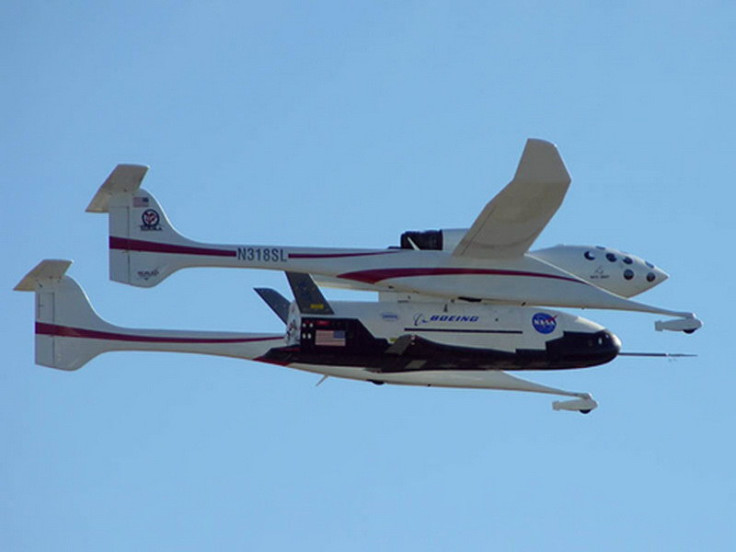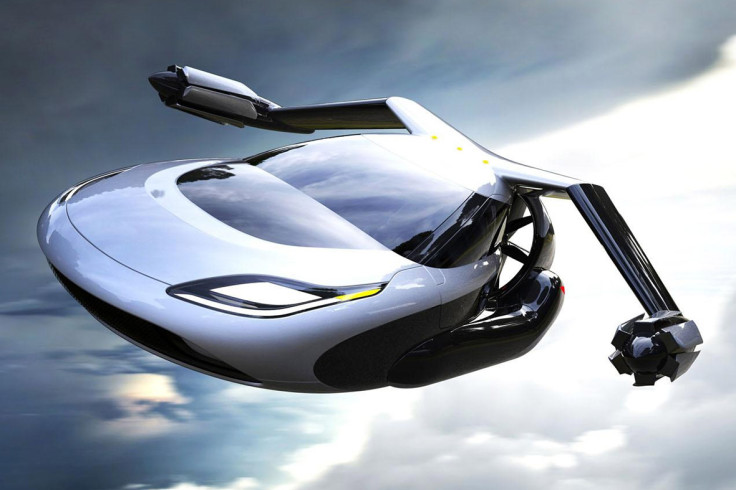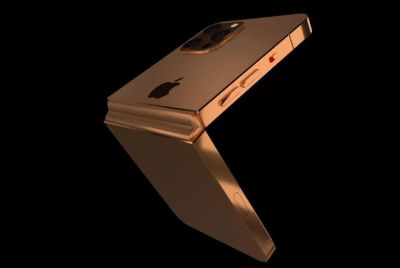EmDrive: Roger Shawyer paper describing space propulsion on UAVs finally passes peer review

The creator of a controversial electromagnetic space propulsion technology called EmDrive has finally had a paper peer reviewed and accepted by the International Academy of Astronautics (IAA).
The paper, Second Generation EmDrive Propulsion Applied To SSTO Launcher And Interstellar Probe, by British scientist Roger Shawyer was published in the journal Acta Astronautica and made available online on 10 July.
Shawyer conceptualised and developed the space propulsion technology EmDrive and first presented this in 1999. Shawyer proposes that based on the theory of special relativity, electricity converted into microwaves and fired within a closed cone-shaped cavity causes the microwave particles to exert more force on the flat surface at the large end of the cone (i.e. there is less combined particle momentum at the narrow end due to a reduction in group particle velocity), thereby generating thrust.
Shawyer spent years having his technology ridiculed by the international space science research community and being called a fraud. According to Shawyer, if the technology is ever commercially realised, EmDrive could transform the aerospace industry and potentially solve the energy crisis and climate change, while also speeding up space travel by making it much cheaper to launch satellites and spacecraft into orbit.
His critics say that according to the law of conservation of momentum, his theory cannot work as in order for a thruster to gain momentum in one direction a propellent must be expelled in the opposite direction, and the EmDrive is a closed system. However, Shawyer claims that following fundamental physics involving the theory of special relativity, the EmDrive does in fact preserve the law of conservation of momentum and energy.
Testing the EmDrive on unmanned aerial vehicles
Shawyer's paper builds on his previous research on the first generation EmDrive device he created, which he says produced 200 milliNewtons (20g) of force. A German experimental scientist recently published results showing his testing of EmDrive was also able to create thrust, but that only equated to 20 microNewtons. He further stated that the results "cannot confirm or refute the claims of the EmDrive."
The most amount of thrust that has ever been achieved comes from the tests conducted by Chinese scientists in 2012, which produced 720 milliNewtons (72g) of thrust in a system built using a completely different theoretical method from Shawyer's method.
Shawyer claims a race is on and the second-generation EmDrive is being developed by several players privately including himself, and the new version of the device would be able to achieve tonnes of thrust (1T = 1,000kg) rather than just a few grams.
His paper lays out two specific use cases for the EmDrive, which includes providing a way for the 10 tonne Boeing X37-B space plane to fly into orbit on its own, deliver a payload of two tonnes and come back to Earth on its own.
At the moment, the X37-B has to be launched from a rocket, but DARPA is working on a new robotic space plane called the XS-1 that it hopes to flight test in 2017, and Shawyer believes EmDrive could help.
However, he has now decided that it would be better to focus on putting EmDrive on to unmanned aerial vehicles, with the view to eventually use the technology in the automobile industry to create feasible flying cars.
"Our aim at the moment is not to necessarily go for these space applications, because they will take so long to come to fruition. So what we've decided as a company is to forget space, and to go for terrestrial transport business, which is huge," Shawyer told IBTimes UK.
"The logic is, if you can lift a vehicle reasonably gently with no large accelerations, then you can manufacture the air frame using much lower technology than would be used on an aircraft."
Flying cars more likely than super-fast space travel

Shawyer says his firm, Satellite Propulsion Research Ltd, is currently designing a drone that has no propellers or wings, and it plans to carry out the first test flights powered by EmDrive microwave space propulsion in 2017.
Flying cars are currently being invented and prototypes do exist, but they are not exactly cars, but rather, an amalgamation of a car and an aeroplane. Two companies are trying to push this type of technology forward, Terrafugia and Aeromobil, but so far the world has not shown much interest.
"If you're trying to build a flying car, you don't start with an aeroplane, you start with a car. It makes it low cost and more affordable to manufacture an airframe that is more like an automobile body," said Shawyer.
"Hydrogen storage and fuel cells are available and affordable – all of this is in place. People are sick of travelling in two dimensions and sitting in traffic jams. You need to use the three dimensions. Space is a waste of time as it's so slow, and it's not a very big market. Mass transportation and other things are a much bigger market and major automobile manufacturers will be interested."
© Copyright IBTimes 2025. All rights reserved.






















